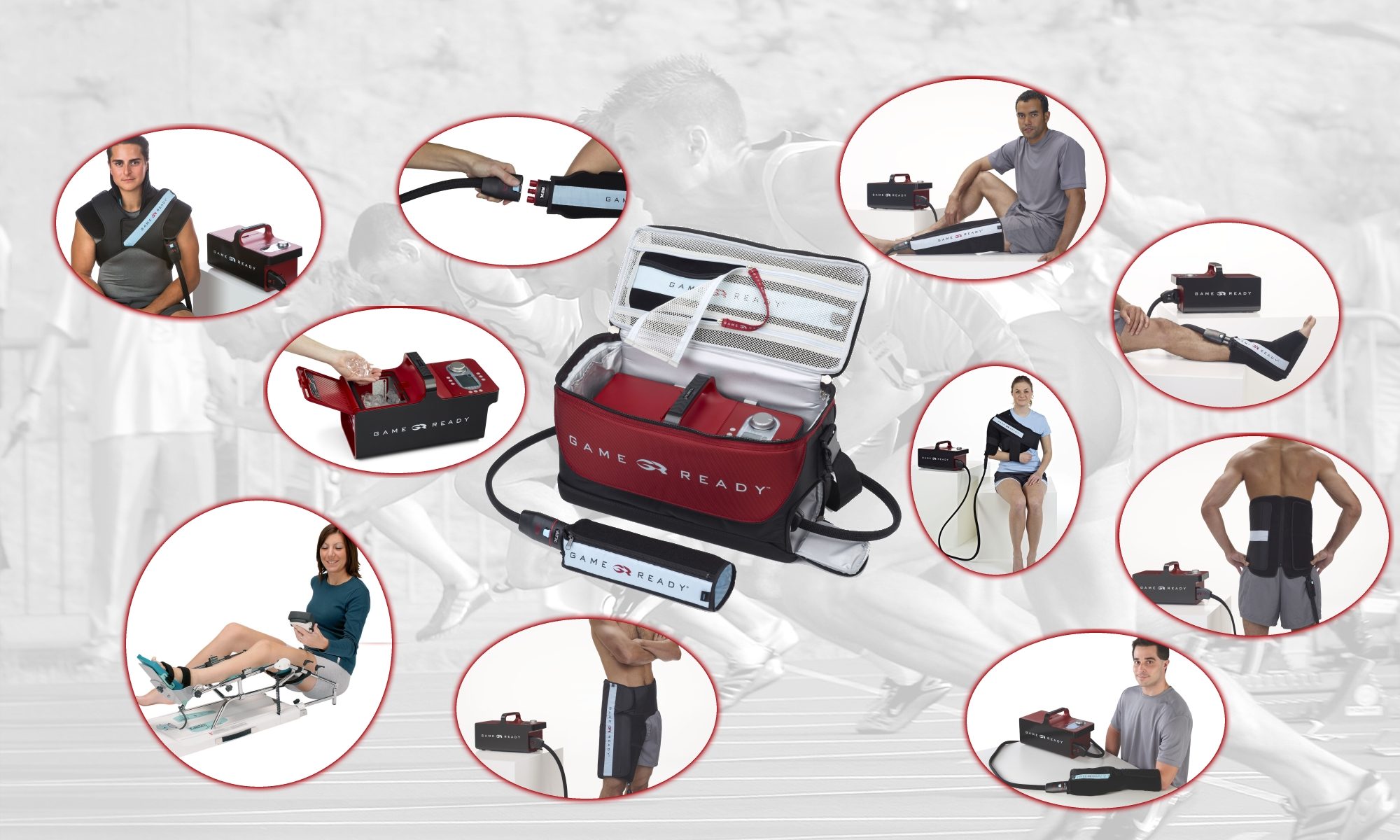
The ankle is the most commonly injured joint in the body. It can happen when you roll or turn an ankle when doing something as simple as walking. In many cases, an ankle sprain does not require medical intervention. However, a severe sprain or bone fracture should be treated by a physician.
Common ankle sprain symptoms include:
- Sudden pain after twisting or rolling and ankle
- Swelling
- Bruising
- Inability to walk with a normal gait
- Tenderness when touched
- Limited range of motion in the ankle joint
In addition to these symptoms, an ankle fracture might also include:
- Pain and swelling that does not reduce after a day or two
- Inability to bear weight on the injured leg
- Numbness or weakness
- Reduced circulation
Approximately 30% of people who suffer from a sprained ankle will experience recurrent ankle sprains and symptoms of pain and instability that last more than a year. This is greatly reduced with proper treatment immediately following the injury. If there is any doubt about whether your ankle is sprained or fractured, seek medical attention immediately. If you have a mild or moderate injury, consider these sprained ankle remedies:
1. R.I.C.E.
Every athlete and parent knows this age-old remedy for minor strains and sprains, and doctors recommend it because it works:
- Rest – Stay off the injury for a few days and get ample rest
- Ice – Apply cold to the ankle several times a day to reduce pain and swelling
- Compression – Apply a static or elastic compression bandage to limit swelling
- Elevation – Reduce the flow of blood and other fluids by elevating the ankle above the heart
It might seem simple, but RICE therapy is truly effective. Start it as soon as possible after the ankle sprain occurs in order to control the body’s natural inflammatory response.
2. Cold Compression Therapy
If you want to take R.I.C.E. to the next level, consider renting a cold therapy system for home use. Cold compression therapy uses the same concepts as R.I.C.E. therapy but adds modern technology to the mix. Instead of holding an ice pack on your ankle, a cold therapy system uses a body-conforming wrap with integrated chambers that allow cold water and pressurized air to flow through the wrap. Circulating cold water stays at the same therapeutic temperature, and the pressurized air creates a pumping effect that rapidly reduces swelling and increases lymphatic drainage to speed repair of the damaged tissues.
The result is a longer-lasting, deeper-penetrating cold that helps damaged tissues heal faster. Cold therapy systems are also convenient to use because all you have to do is add ice and water to the system’s reservoir, apply the wrap, and rest with your leg elevated while the device does all the work.
3. Over-The-Counter Pain Medication
Although a sprained ankle is not typically a serious injury, it is still painful. If you find the discomfort too much to handle, consider taking an over-the-counter pain medication that will help reduce the pain and swelling. Check with your doctor if you’re on other medications and always follow the dosage instructions to ensure proper use.
4. Epsom Salts
After a few days, you can soak your ankle in a warm bath with Epsom salt. It’s important to apply only cold during the first few days after an injury, because the application of heat can actually contribute to additional inflammation during the initial phases of healing. Epsom salt can help soothe sore muscles and connective tissues. You can soak your ankle once or twice a day to help reduce discomfort.
5. Natural Poultices
A variety of natural anti-inflammatory ingredients can be found in your pantry. If you want to try a traditional poultice to help reduce swelling, consider trying turmeric, garlic, onion, castor oil, or olive oil. Any of these ingredients can be gently heated and applied to a sprained ankle and then wrapped in a bandage for several hours.
